| Vintage Pulp | Mar 23 2021 |

When Uschi dusts the house, she dusts everything.
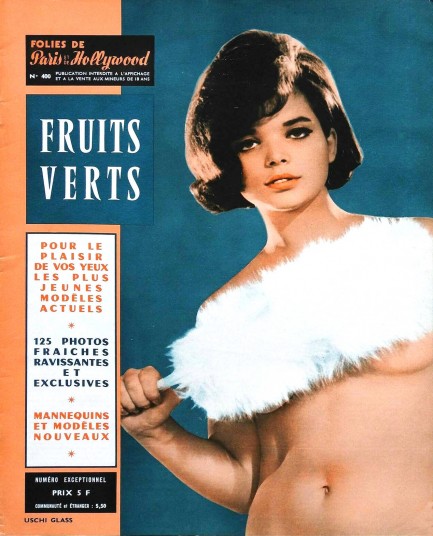
It's been a while, so today we have another issue of the iconic French nudie magazine Folies de Paris et de Hollywood. This issue is number 400, published in 1968, and the cover features German actress Uschi Glass, better known as Uschi Glas, with a feather duster. Almost identical but more revealing versions of the shot appeared on a couple of other magazines around the same time. Glas has been in too many movies to name, including in 2020, and we've seen none of them. But we have our eye on 1970's Die Weibchen, about a woman who joins a women's health clinic only to discover that it's run by feminist cannibals. We'll report back on that.
Inside Folies de Paris et de Hollywood there are more than twenty models, many of them Parisian cabaret dancers. The striking Belinda and the striking Marlène Funch are actually both the striking Iso Yban. Why did she pose as different women? No idea, but we recognized her immediately. In fact, we have an amazing and provocative image of her we'll show you a little later, if we dare. We love her name, by the way. It sounds like a flexibility exercise. But our favorite model name from the issue is Manila Wall, which is what MB hit when he realized it was time to get out of the Philippines. We all sometimes hit a Manila Wall in our lives. We'll have more from Folies de Paris et de Hollywood down the line.
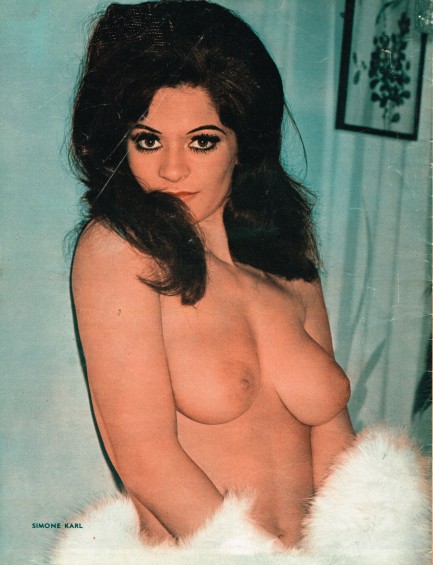
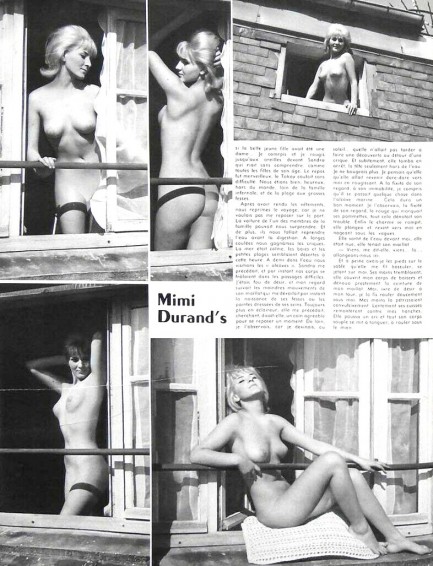
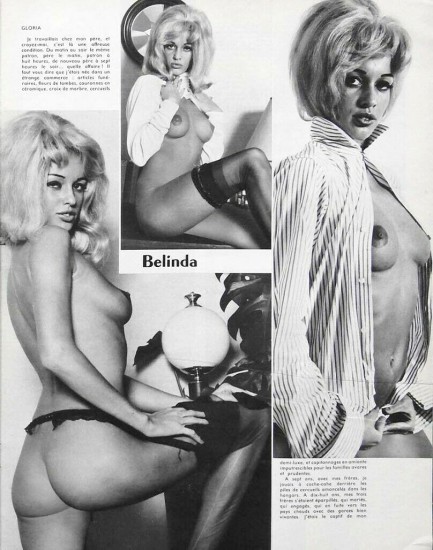
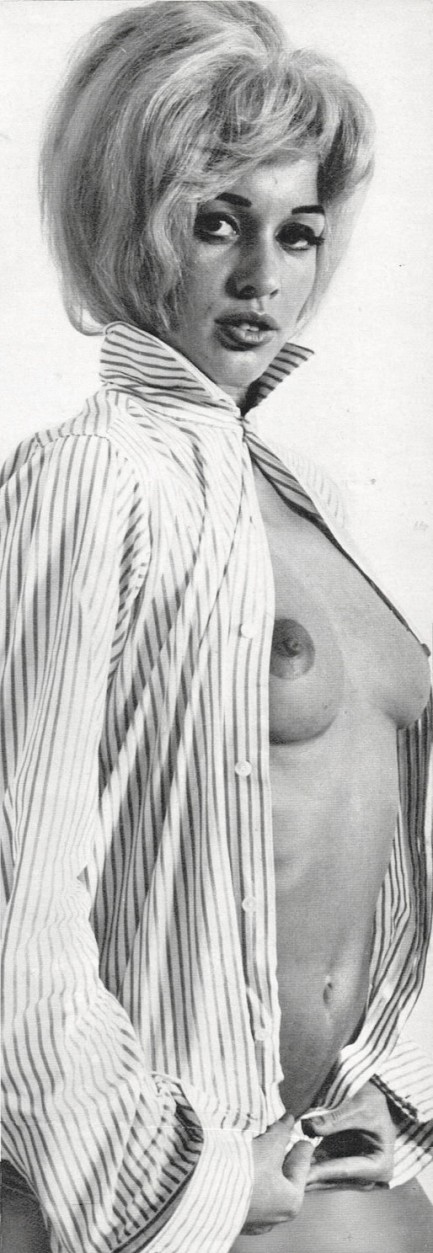

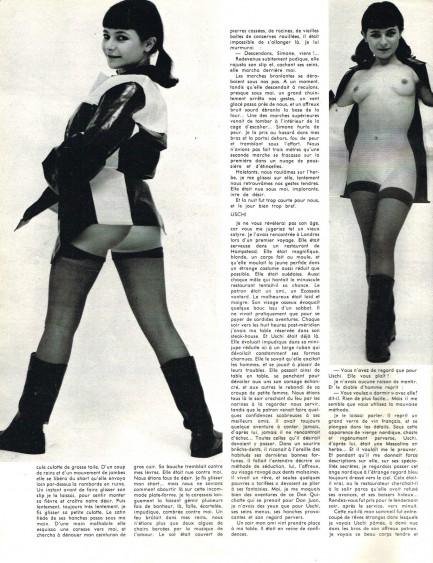
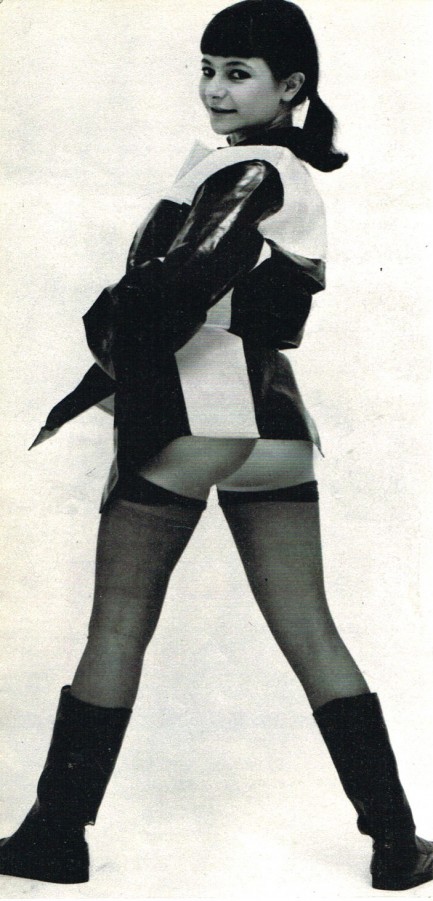
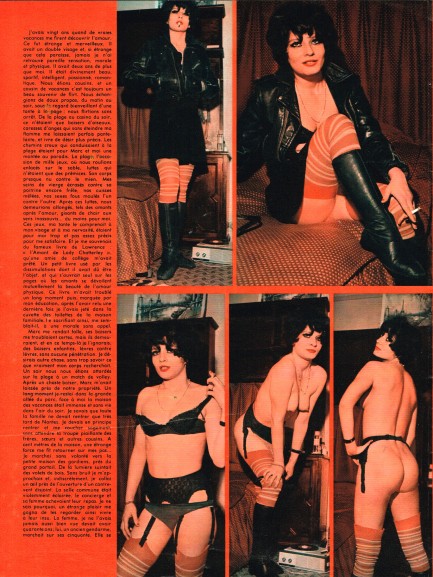
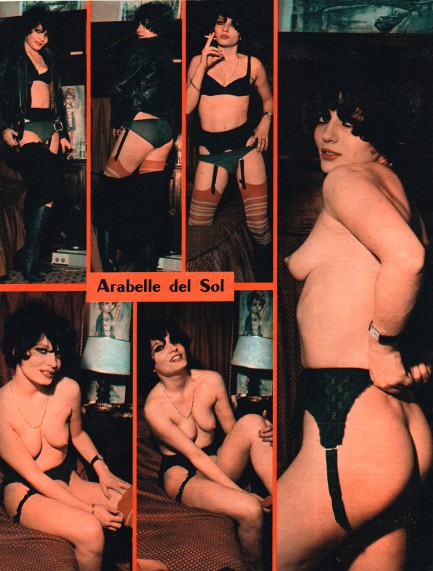
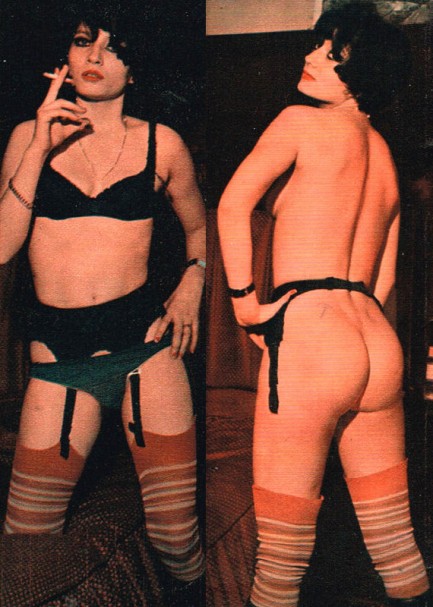
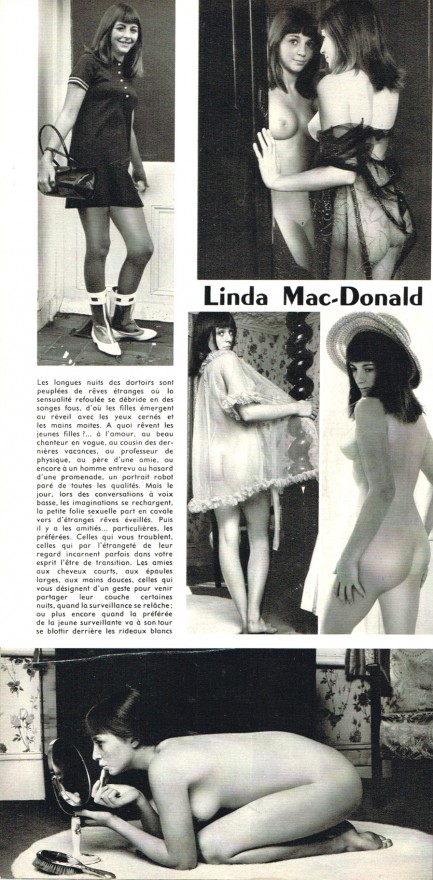
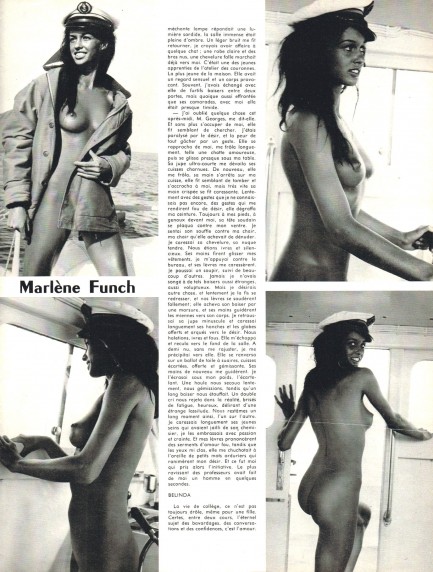

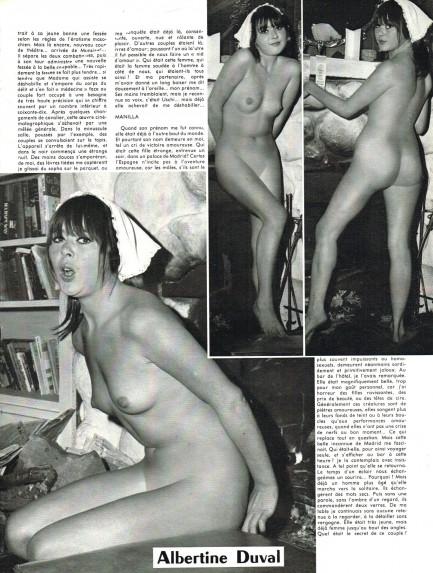
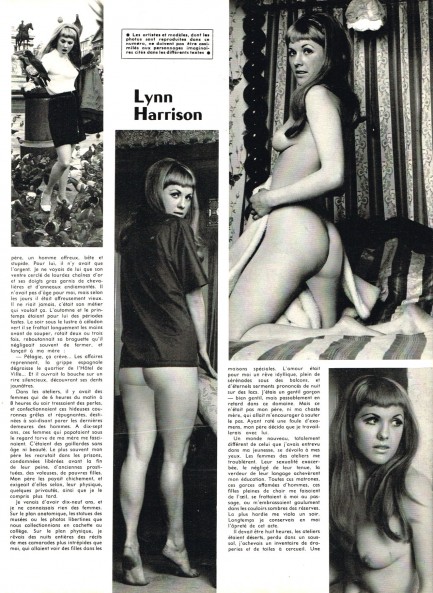
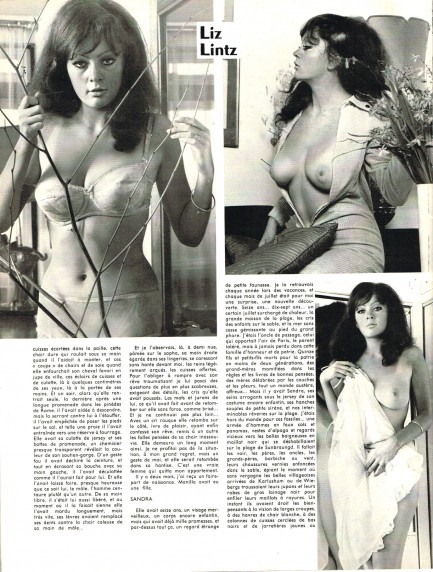
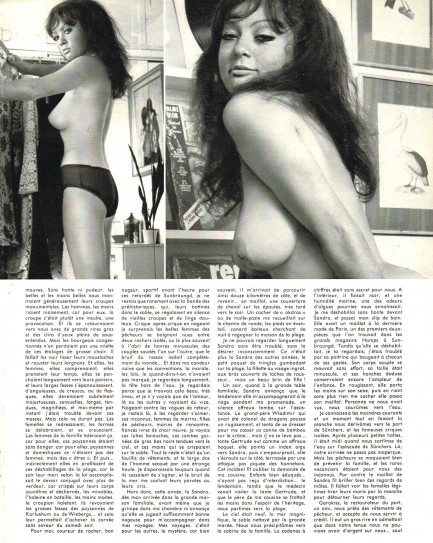
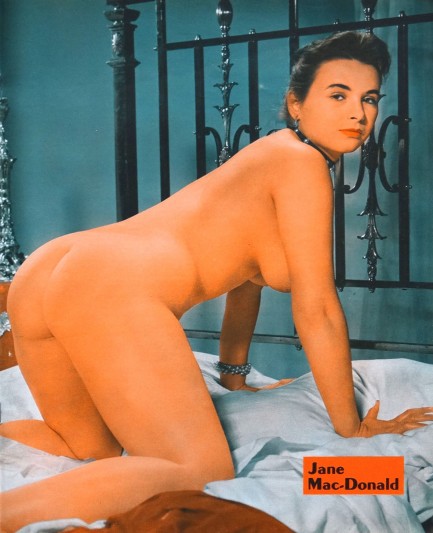
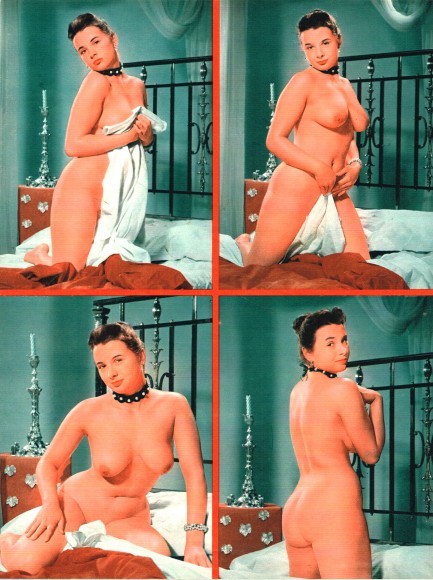
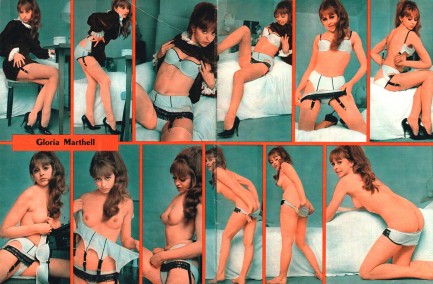
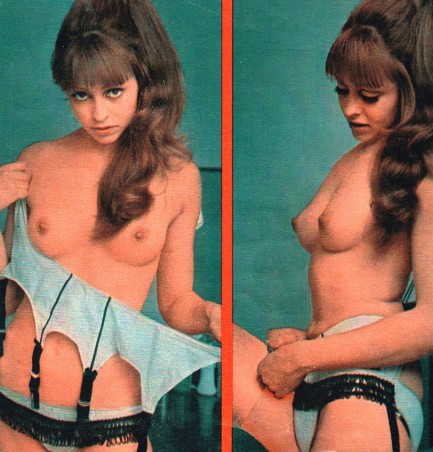
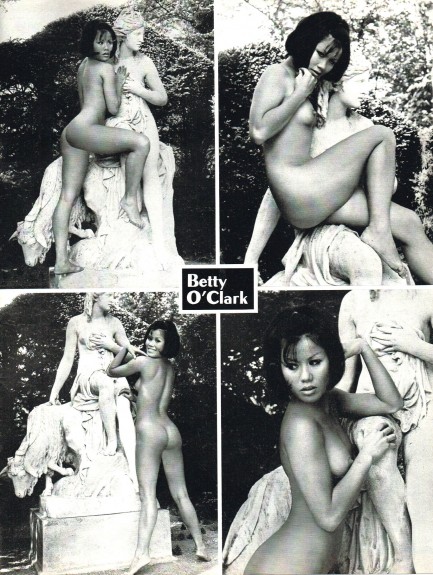
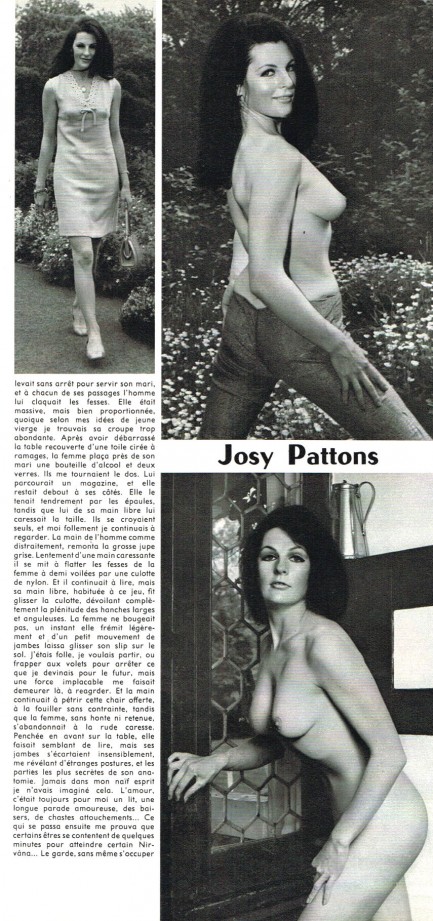
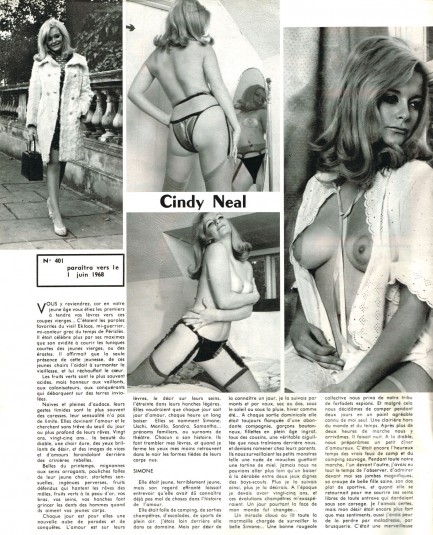
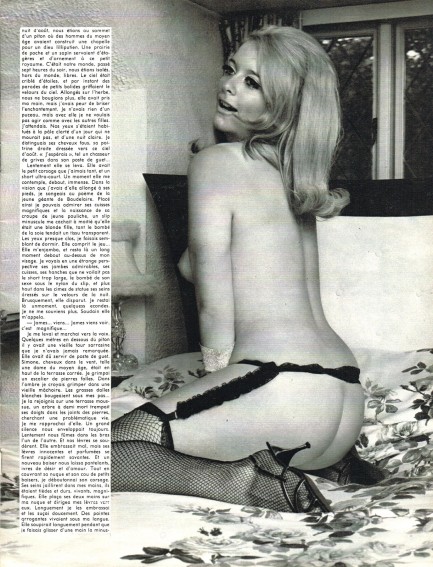
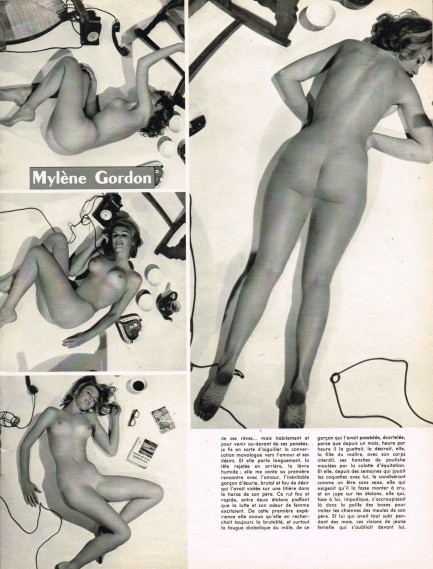
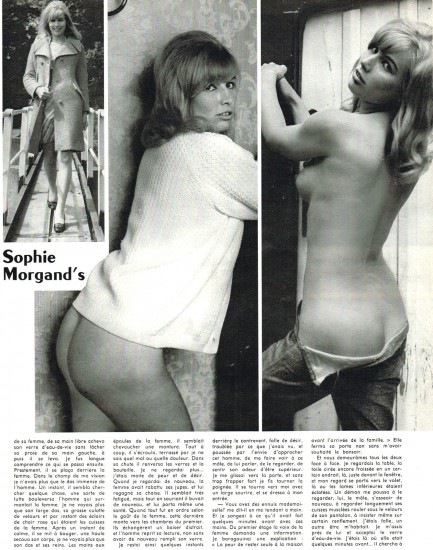

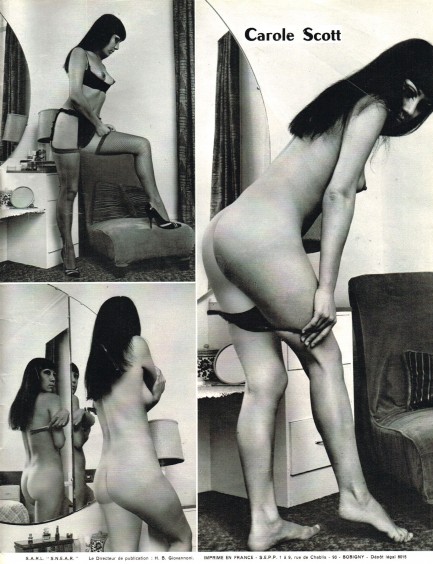
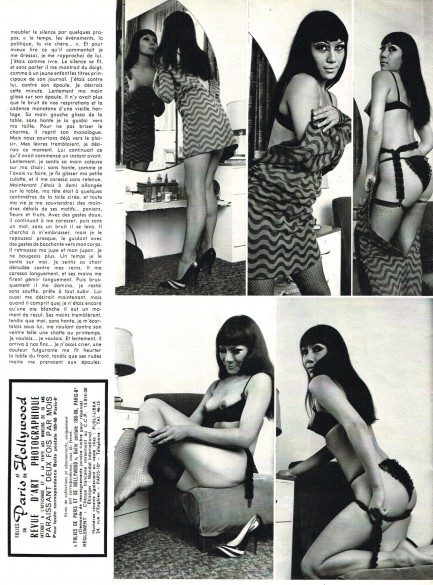
| Femmes Fatales | May 1 2018 |

She can barely contain herself.
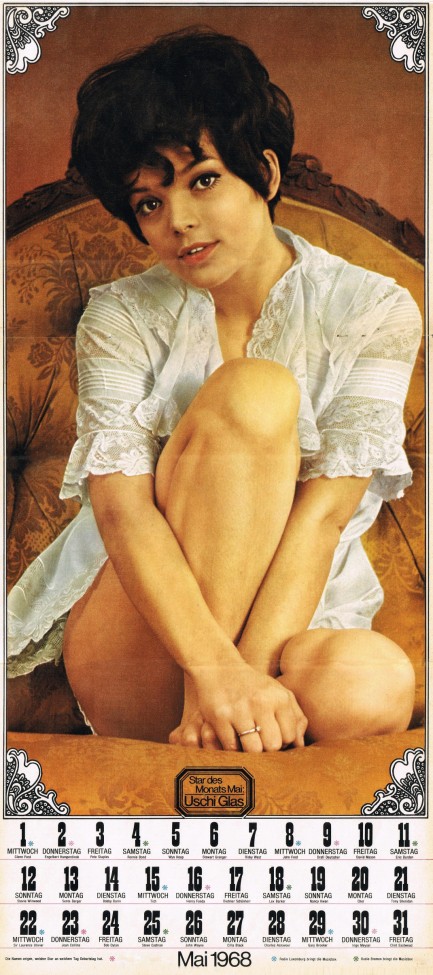
We have a second calendar page for you today. Above you see German actress Uschi Glas in a May 1968 feature from the West German magazine Bravo called Star de Monats, or “star of the month.” We watched her recently in the Italian giallo flick Sette orchidee macchiate di rosso, aka Seven Blood-Stained Orchids, and she was by far the best performer in it. We'll be seeing more of her later.
| Vintage Pulp | Feb 24 2018 |

Seven ways to die in Rome.
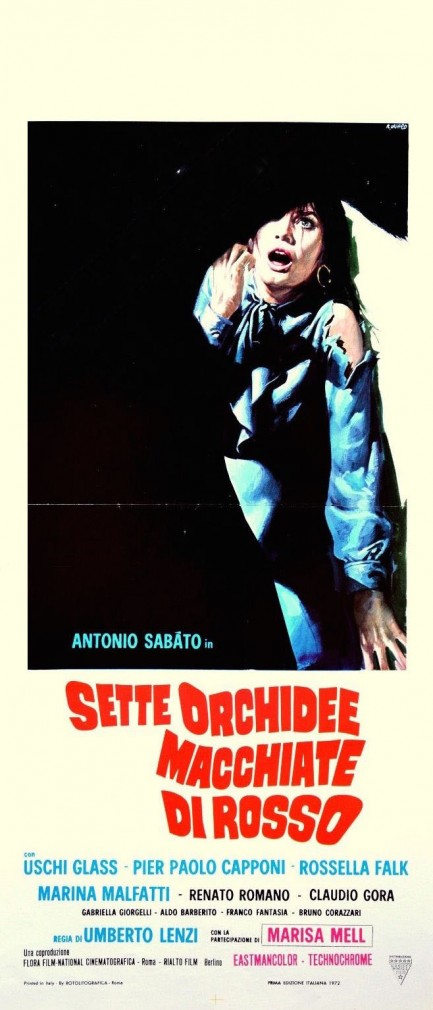
We mentioned a while back we were taking a closer look at vintage giallo flicks, and today you see a Renato Casaro poster for Sette orchidee macchiate di rosso, aka Seven Blood-Stained Orchids. During a train trip a serial killer who's been dispatching women in various diabolical ways tries to make a victim of Uschi Glas. Uschi's man Antonio Sabato is the police's number one suspect, and the only way he can disprove their suspicions is by finding the killer. Uschi plays sidekick for him, which is good, because he looks terribly confused most of the time. This falsely-accused-must-find-real-killer gimmick had already reached perennial status when Antonio arrived on the scene, so you'd hope for a fresh take on it—and be disappointed. This isn't a bad movie, but it's undistinguished, a giallo without the high style of the best entries in the genre. Umberto Lenzi, who had directed numerous films but was making his first giallo here, would do a bit better later. Sette orchidee macchiate di rosso premiered in Italy today in 1972.
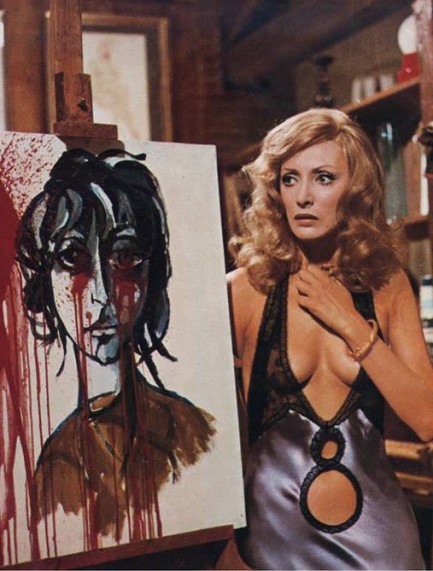 It's a self portrait. I don't know why I painted myself bloody and mutilated. Just a weird inspiration.
It's a self portrait. I don't know why I painted myself bloody and mutilated. Just a weird inspiration.
 It's a self portrait. I don't know why I painted myself bloody and mutilated. Just a weird inspiration.
It's a self portrait. I don't know why I painted myself bloody and mutilated. Just a weird inspiration.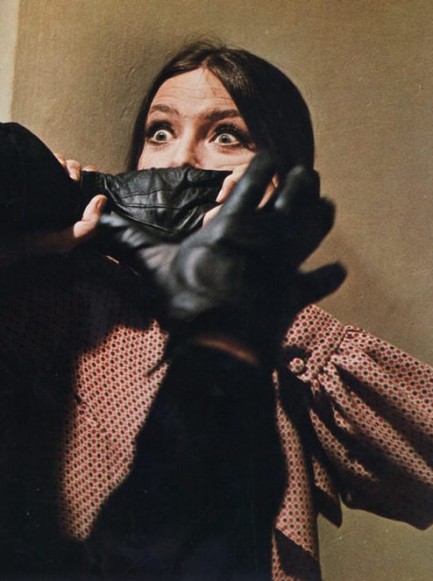 These are my new strangling gloves. 100% lambskin. Nice, right?
These are my new strangling gloves. 100% lambskin. Nice, right?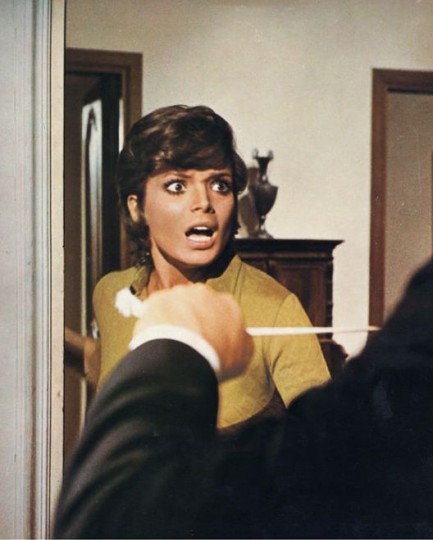 My last victim didn't like gloves so this time I'm going bareback!
My last victim didn't like gloves so this time I'm going bareback!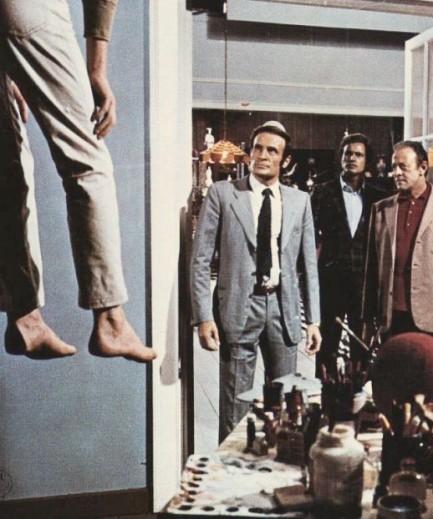 Not cutting him down.
Not cutting him down. Me either.
Wait, what? That's not fair. I didn't even see him until just now.
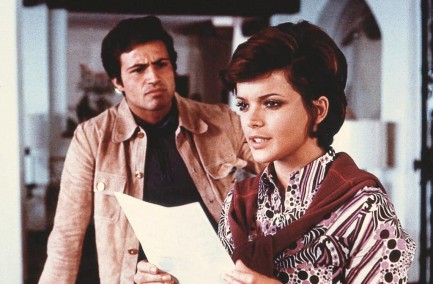 This mystery is probably far less complicated than we think.
This mystery is probably far less complicated than we think.
 This mystery is probably far less complicated than we think.
This mystery is probably far less complicated than we think.| Intl. Notebook | Apr 12 2017 |

To dance is to live. To dance the can-can is to live to the fullest.
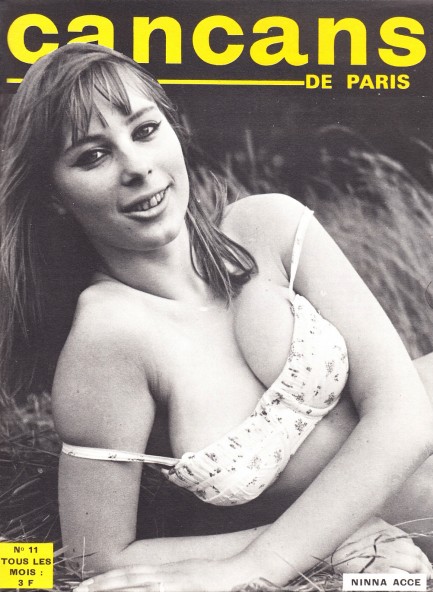
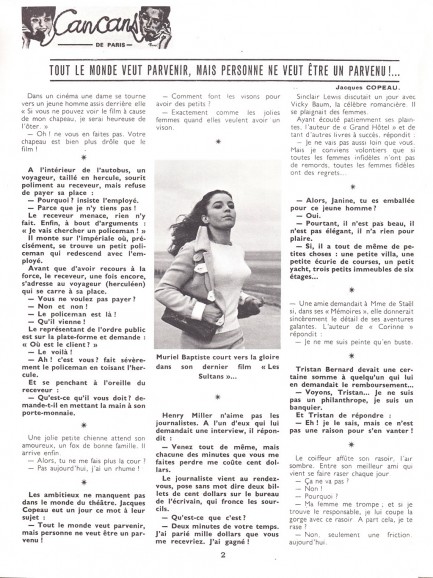
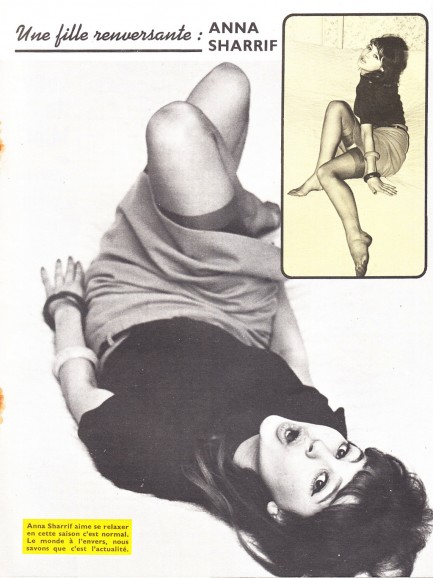
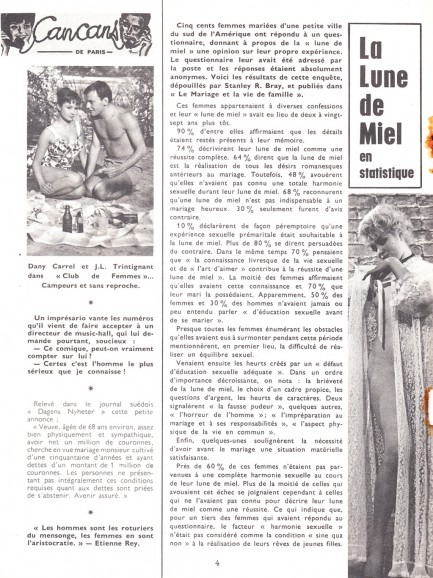
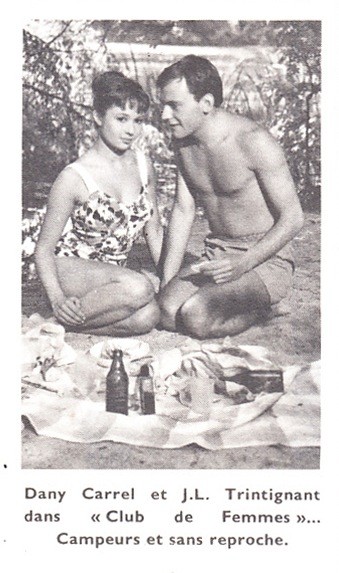

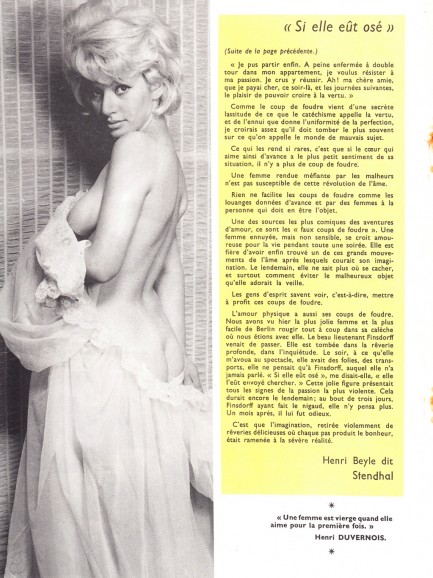
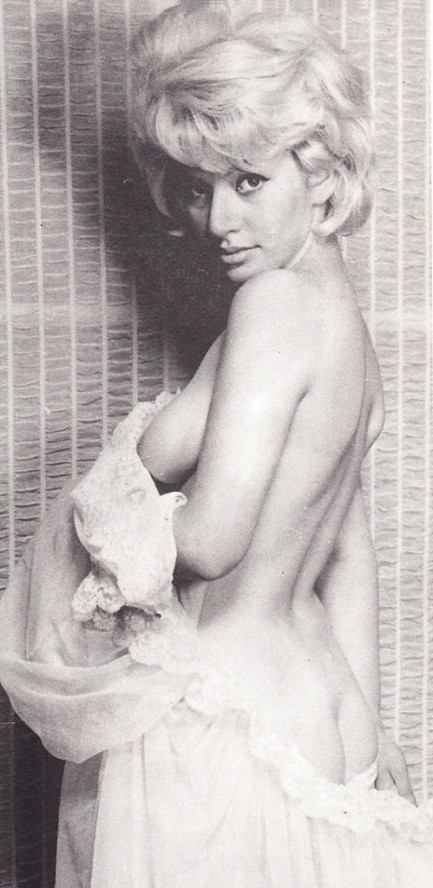
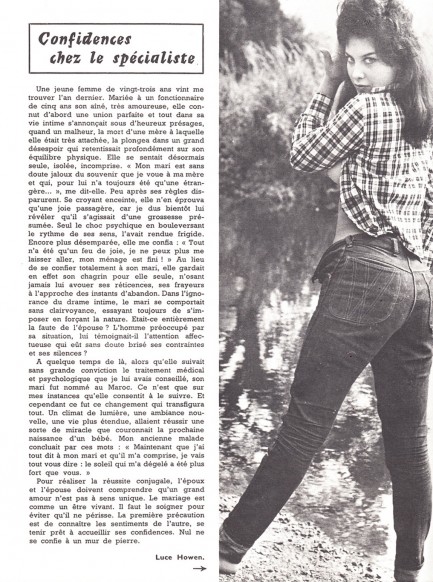
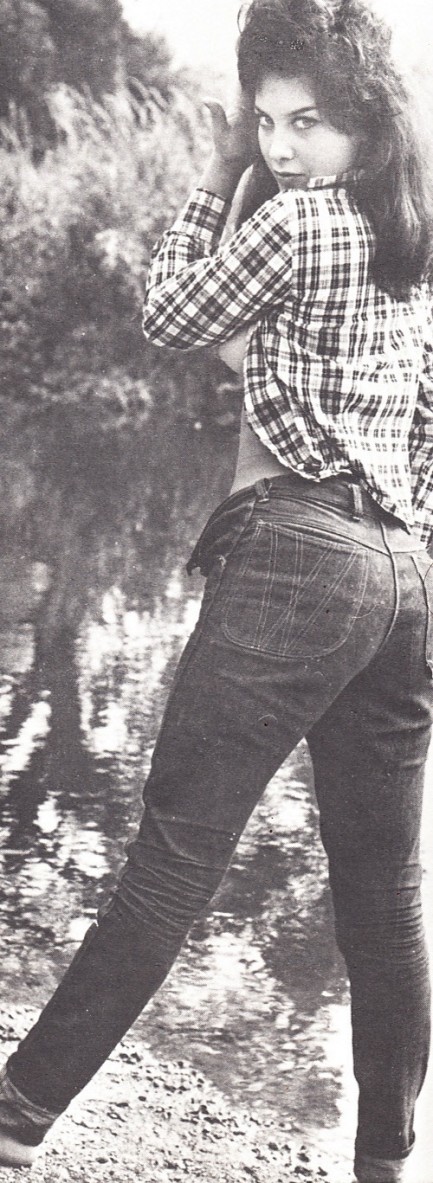
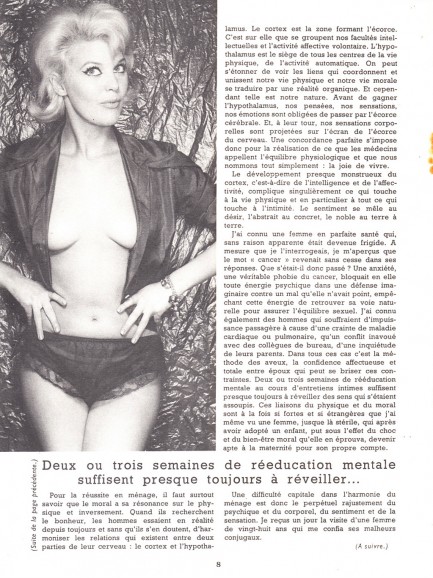
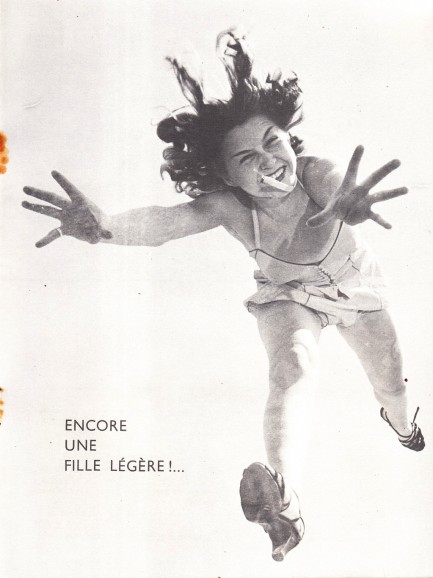
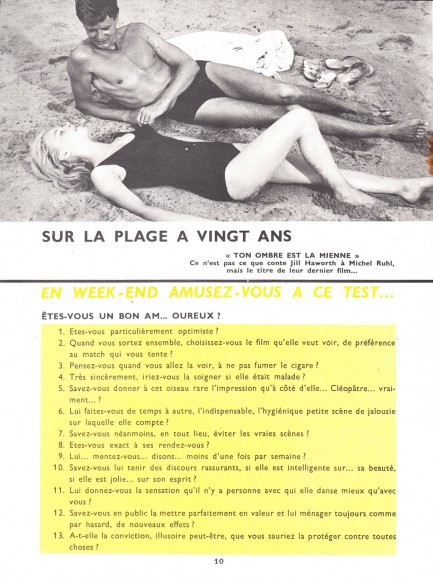
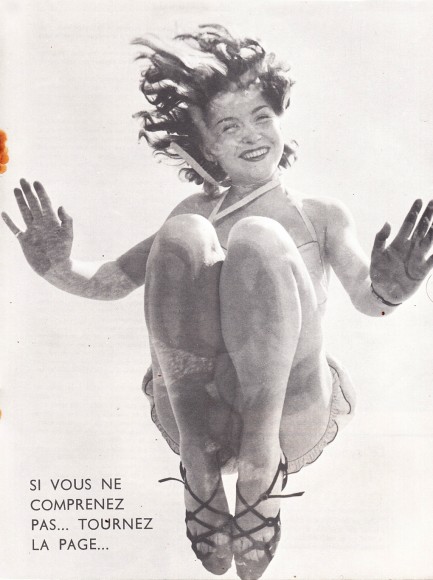
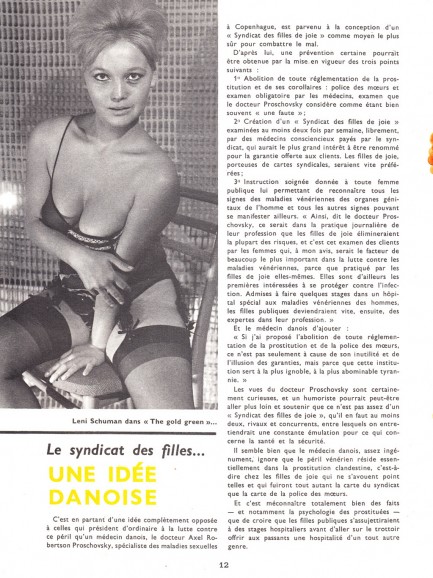
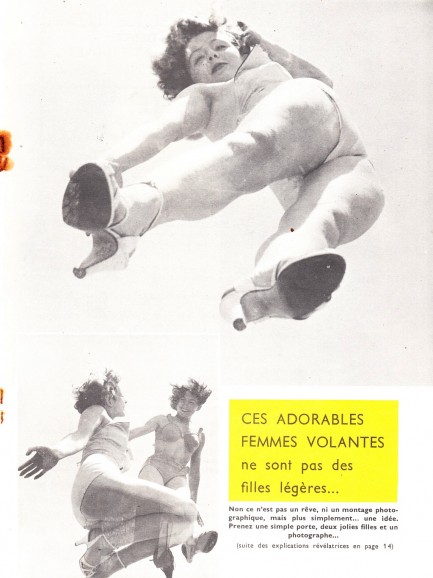
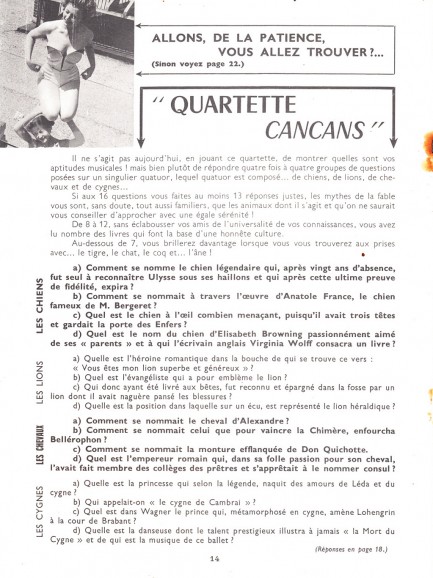
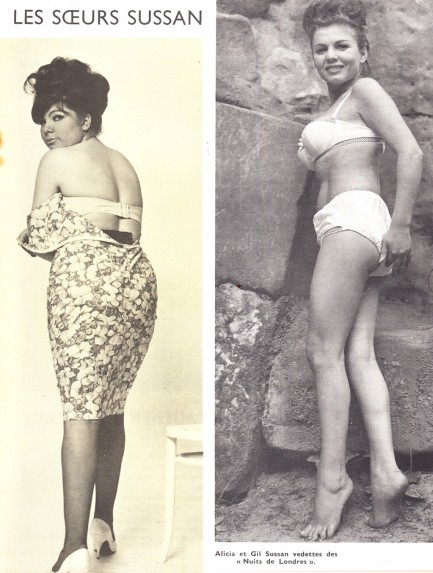
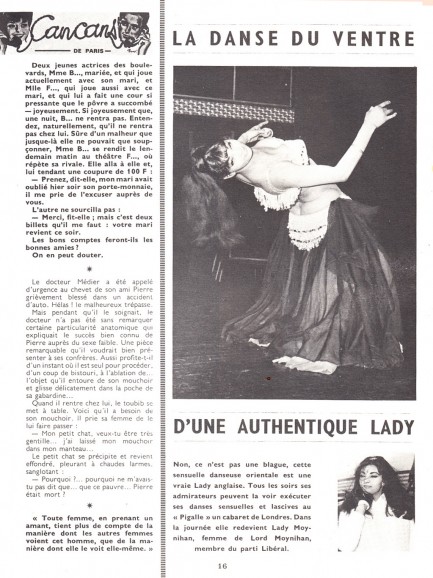
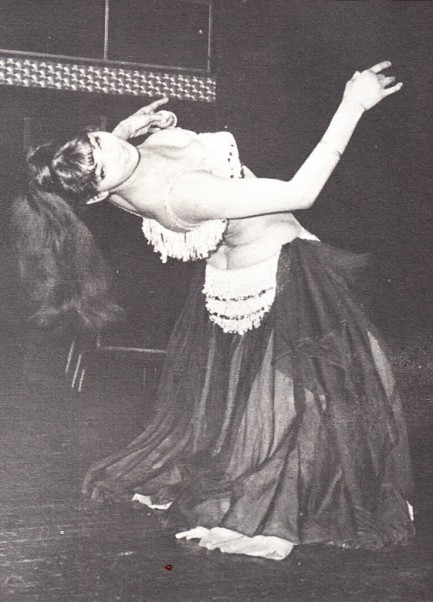
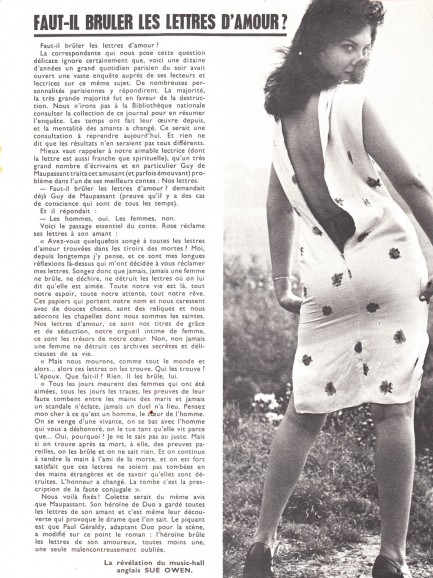
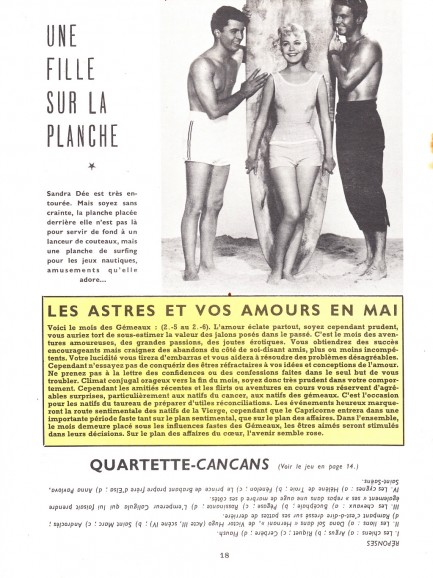
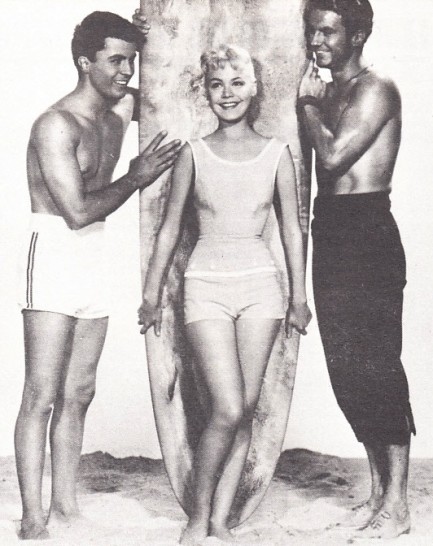
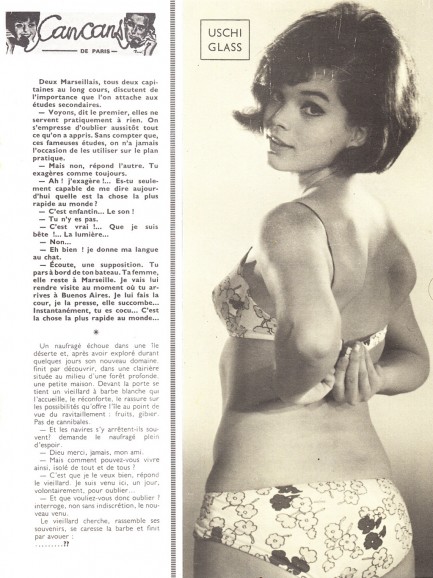
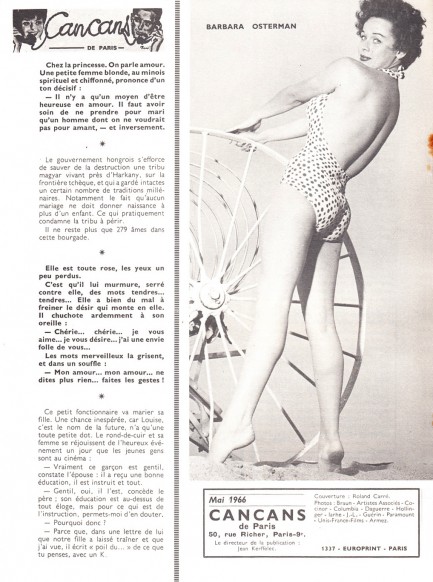
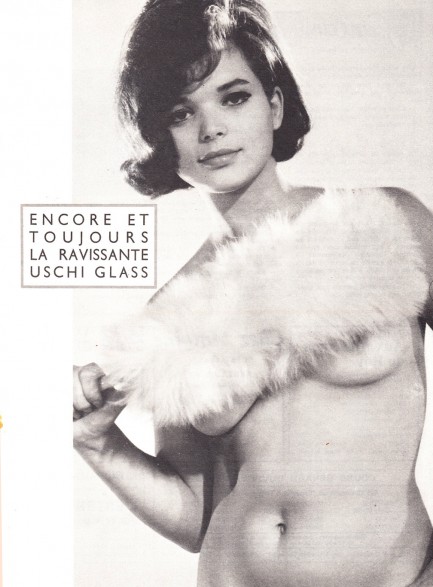
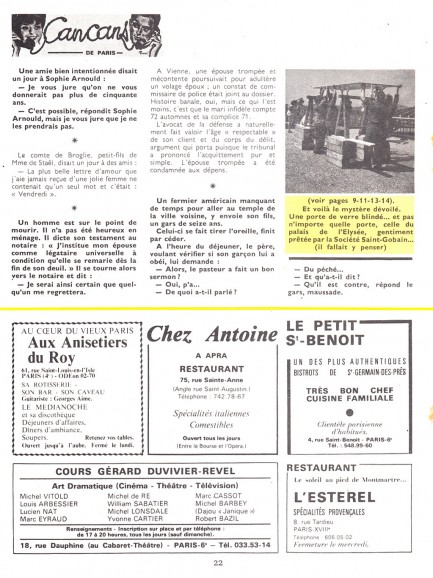
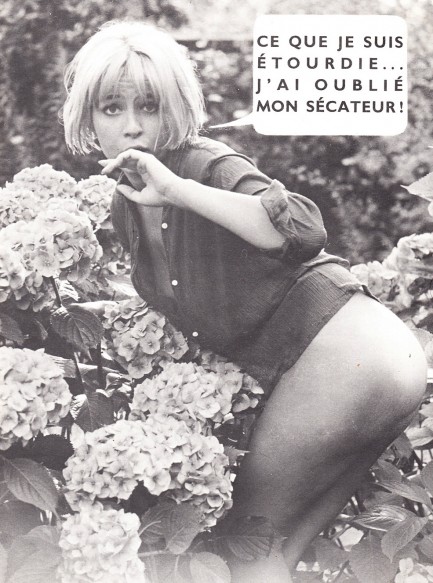
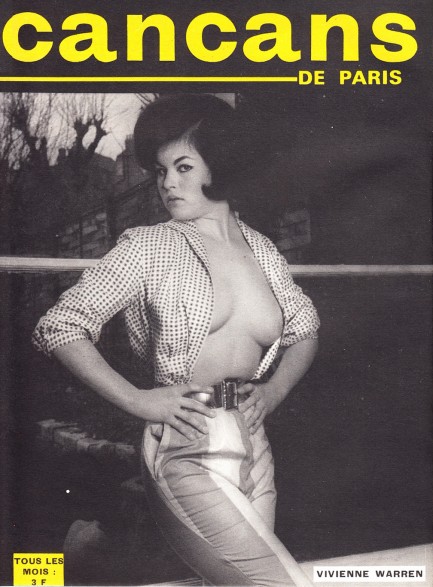
Above, an entire issue of Cancans de Paris with the usual showgirls and cabaret dancers, along with celebs Uschi Glas, Barbara Osterman, Jill Haworth, Dany Carell, and others. The can-can remains a popular dance in Paris and you can see it performed in such places as Le Lido, Moulin Rouge, and of course Folies Bergères. This issue of Cancan de Paris hit newsstands this month in 1966, and you can see three more issues by clicking here and scrolling down.




































































